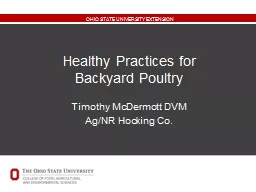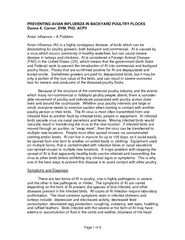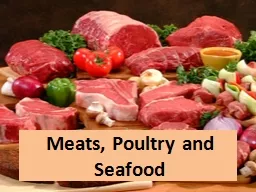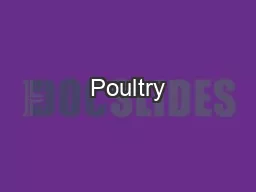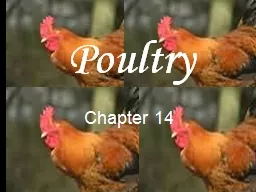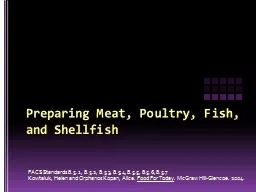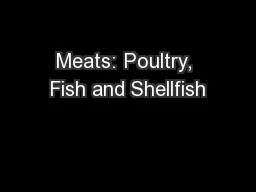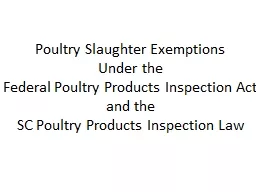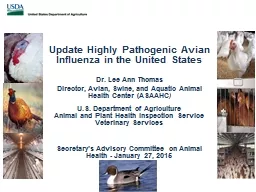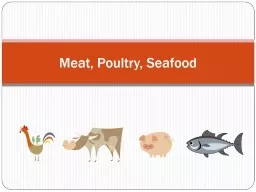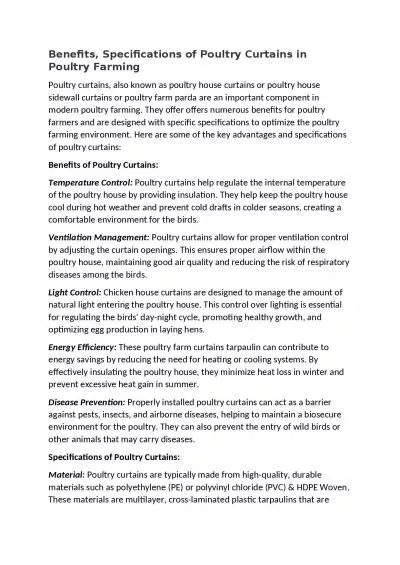PPT-Healthy Practices for Backyard Poultry
Author : mitsue-stanley | Published Date : 2018-11-06
Timothy McDermott DVM AgNR Hocking Co What is your purpose Meat Production Egg Production Dual Purpose Show breeds Rules and Regulations Franklin Co website Where
Presentation Embed Code
Download Presentation
Download Presentation The PPT/PDF document "Healthy Practices for Backyard Poultry" is the property of its rightful owner. Permission is granted to download and print the materials on this website for personal, non-commercial use only, and to display it on your personal computer provided you do not modify the materials and that you retain all copyright notices contained in the materials. By downloading content from our website, you accept the terms of this agreement.
Healthy Practices for Backyard Poultry: Transcript
Download Rules Of Document
"Healthy Practices for Backyard Poultry"The content belongs to its owner. You may download and print it for personal use, without modification, and keep all copyright notices. By downloading, you agree to these terms.
Related Documents

